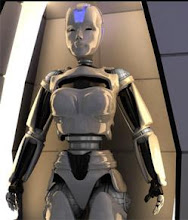The solar year is a light-level year to do with the length of days (solstices and equinoxs)
and so the level of day-light available in northern european lands (being far from the poles it is in flux ) The summer solstice and traditional mid-summer day is an exact match and is the longest day. (june 21 north)
So to the shortest-day is the winter solstice (dec 21 north).
The Solstice is also an indicator of the thermal year of hot and cold times as an inexact beginning of summer - the summer solstice (longest day most light) is a marker for the beginning of the hot time; the winter solstice (shortest day most darkness) is a marker for the beginning of the cold time also called winter.
Summer is more being understood in terms of the Citys and thermal year, ie heat and chill, rather than the terms of the agricultural solar-light growing-seasons, ie light and dark.
The first is practical hot/cold times, the second better connects with nature plants and animals (for those interested) and presumably solar power levels too.
Traditional rural (hours of day-light) and modern city (average temperature) seasonal-terms do overlap.
Subscribe to:
Post Comments (Atom)
 T
T
No comments:
Post a Comment